Adoption practice has changed over the past 30 years and has become more inclusive as changes in legislation have encouraged adoption from a wider group of people, however, it is adoption’s articulation with issues of race and ethnicity which has proven to be the most controversial.
In the 1960’s children from Black and Global Majority backgrounds were considered unadoptable and transracial adoption (TRA) was encouraged to prevent children from staying in long-term foster or residential care. Though as the testimonies of some transracially adopted adults were heard, the ability of TRA to provide children with positive racial/ethnic identities and a sense of belonging was challenged. Since the 1980’s good practice has considered that Black children should, where possible, be placed in families that reflect their racial and cultural backgrounds. This was incorporated into the 2002 Adoption and Children Act, and this practice was generally referred to as same-race placements. This faced criticism from successive governments who argued that BGM children were waiting longer to be placed for adoption, largely as a result of social workers who were ‘obsessive’ about ethnic matching and were waiting for a perfect ethnic match.
Such governmental and media narratives have been challenged by research that suggested that placement delays were largely attributed to court processes. Yet in 2014, the Children and Family Act sought to remove any barriers to adoption and repealed the requirement that adoption agencies should give due consideration to ethnicity, religion, culture, and language. My doctoral research sought to understand how professionals understood and responded to the change to examine if race and ethnicity still matter within adoption plans.
As adoption policy is devolved to the Welsh Government, the removal of the so-called ethnicity clause applied to England. I assumed that the reasoning for this lies in the recognition of the importance of the Welsh language to Welsh identity and culture. The role of language in children’s adoptive identities is recognised by Adoption Wales which actively supports English and Welsh-speaking children being placed in Welsh-speaking adoptive families. For adopters, the assessment process can be particularly intrusive, and some may be comfortable with this being undertaken by social workers through the medium of Welsh.
Although data regarding waiting times for BGM children in Wales is lacking there is still evidence of racial disparity within adoption, as such children represent 8% of children in care, though 5 % of the general population. However, in England and wales the(de care pathways differ for children from Black African/Caribbean, Asian or mixed racial heritages but overall BGM children wait longer than White children and are less likely to achieve stability through adoption.
My research suggests that irrespective of the legislative change professionals working in adoption in England continue to consider the importance of race and ethnicity as an intrinsic part of children’s adoptive identities. This was echoed in 2022 in a House of Lords Select Committee report that recommended establishing a task force dedicated to addressing ethnic and racial disparities in the adoption system. However earlier this year the Government rejected this citing that there is ongoing work in this area.
Irrespective of the repeal of ethnicity within the English legislation, race continues to be an absent presence due to the persistence of racial disparity within the child welfare system. The adoption workforce, and adoption panels lack diversity which can result in bias within adopter recruitment and assessments. This mean that there remain challenges in finding adoptive homes for children that reflected their racial and cultural heritages alongside meeting their need for security and permanence.
By Dr Lorraine Agu Head of Subject at Leeds Beckett University.
Her doctoral thesis is entitled ‘Race Matters: Adoption and Children of Mixed Race Ethnicity’.

This Blog is part of our ExChange conference, “Reframing Adoption”
To find more resources on this topic, check out the conferences below.

